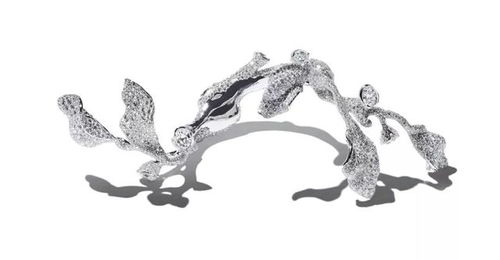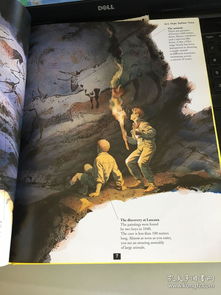Content:
Introduction: Fishing has always been a beloved pastime for many enthusiasts. Among the diverse species of fish, the Wrasse, known for its vibrant colors and unique characteristics, is a popular target for anglers. Whether you are a seasoned fisherman or a beginner, catching Wrasse can be a rewarding experience. In this article, we will discuss the techniques and tips for successful Wrasse fishing, ensuring that you can enjoy a fruitful day out on the water.

Choosing the Right Equipment: To start your Wrasse fishing adventure, it is essential to have the right equipment. Here are some key items you should consider:
a. Rod and Reel: A medium to heavy-duty spinning rod with a good quality reel is suitable for Wrasse fishing. The rod should have a fast action, allowing for better sensitivity and control.
b. Line: Use a monofilament line with a breaking strain of 10-15 pounds. This will provide enough strength to handle the Wrasse's powerful bite and strong fight.
c. Hooks: Wrasse have sharp teeth, so using a strong, sharp hook is crucial. A size 2 to 4 hook is generally recommended.
d. Lures and Bait: Artificial lures, such as spoons, jigs, and soft plastics, can be effective for attracting Wrasse. Alternatively, natural baits like small fish, prawns, or worms can also be used.
Choosing the Right Location: Wrasse are commonly found in shallow coastal waters, rocky reefs, and coral formations. Here are some tips for selecting the perfect fishing spot:
a. Tide: Wrasse are more active during low tide when they feed on small crustaceans and fish. Choose a location that is exposed during low tide and protected during high tide.
b. Depth: Wrasse are generally found in depths ranging from 3 to 20 feet. Look for areas with a mix of shallow and deeper water, as Wrasse tend to move between these zones.
c. Structure: Look for areas with rocks, coral, or artificial structures like piers, jetties, and bridge pilings. These structures provide shelter and hiding spots for Wrasse.
Presenting Your Bait or Lure: To catch Wrasse, it is essential to present your bait or lure in an effective manner. Here are some techniques to consider:
a. Retrieval Speed: Wrasse are known for their fast swimming speed, so a quick retrieval can be effective. Retrieve your lure or bait at a moderate to fast pace, allowing it to imitate a struggling prey.
b. Jigging: If you are using a jig, retrieve it in a erratic and pulsating motion. This can mimic the movement of a struggling fish, attracting the Wrasse's attention.
c. Bait Presentation: When using natural baits like small fish or prawns, present them in a lifelike manner. Let the bait swim naturally, or use a slow and steady retrieve to simulate its movement.
Patience and Persistence: Catching Wrasse requires patience and persistence. Here are some tips to help you stay focused and increase your chances of success:
a. Stay Patient: Wrasse can be unpredictable, and they may not bite immediately. Stay patient and continue to work the area, as Wrasse may appear at any time.
b. Change Techniques: If you are not having success with one technique, try changing your lure, retrieval speed, or location. Experimentation can lead to better results.
c. Stay Consistent: Consistency is key in Wrasse fishing. Maintain a steady retrieve and keep your movements smooth and fluid.
Conclusion: Catching Wrasse can be an enjoyable and rewarding experience for anglers of all levels. By choosing the right equipment, selecting the perfect location, and using effective techniques, you can increase your chances of success. Remember to stay patient, persistent, and willing to experiment with different approaches. With these tips in mind, you'll be well on your way to a successful Wrasse fishing adventure. Happy fishing!












